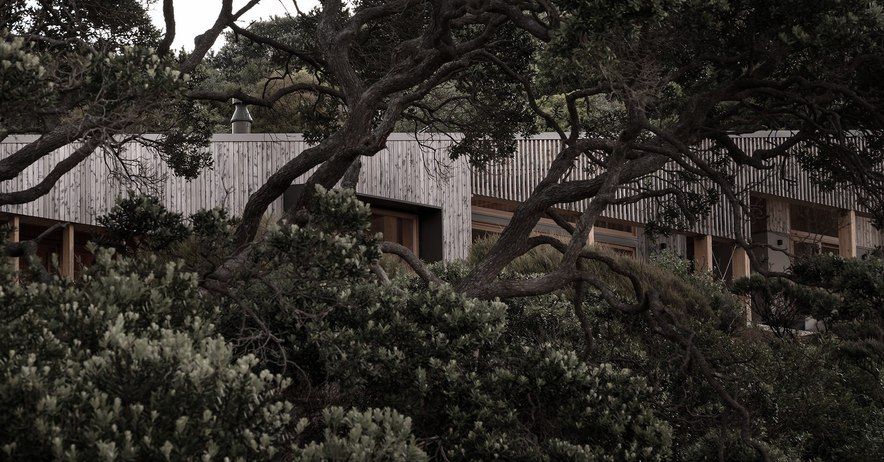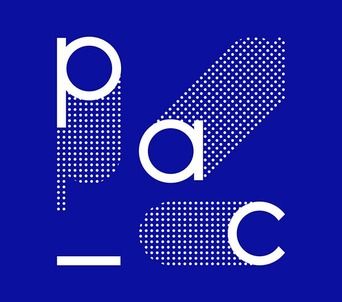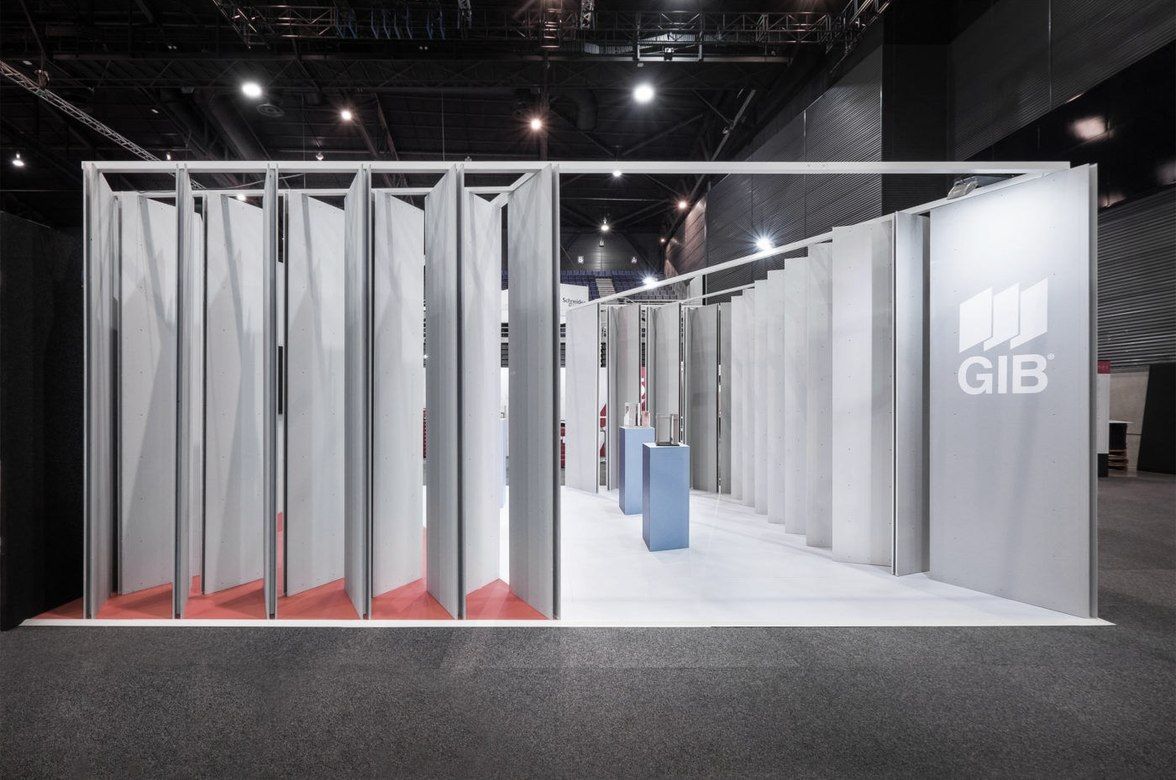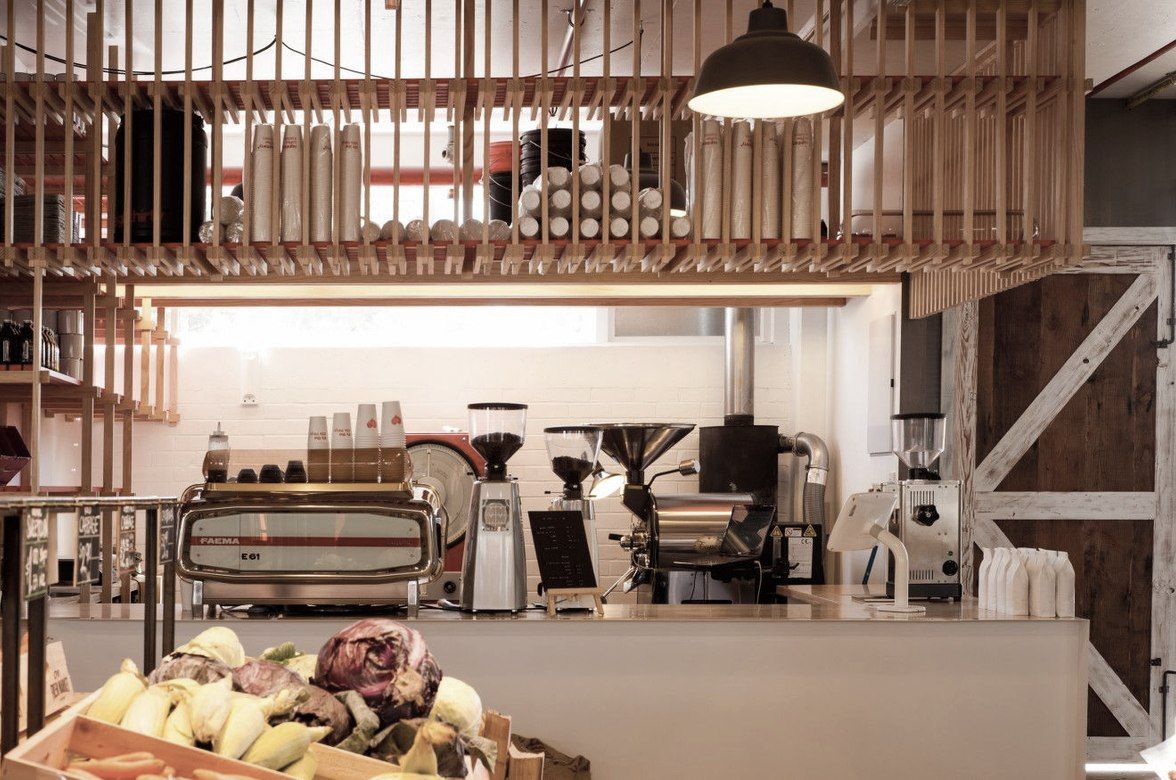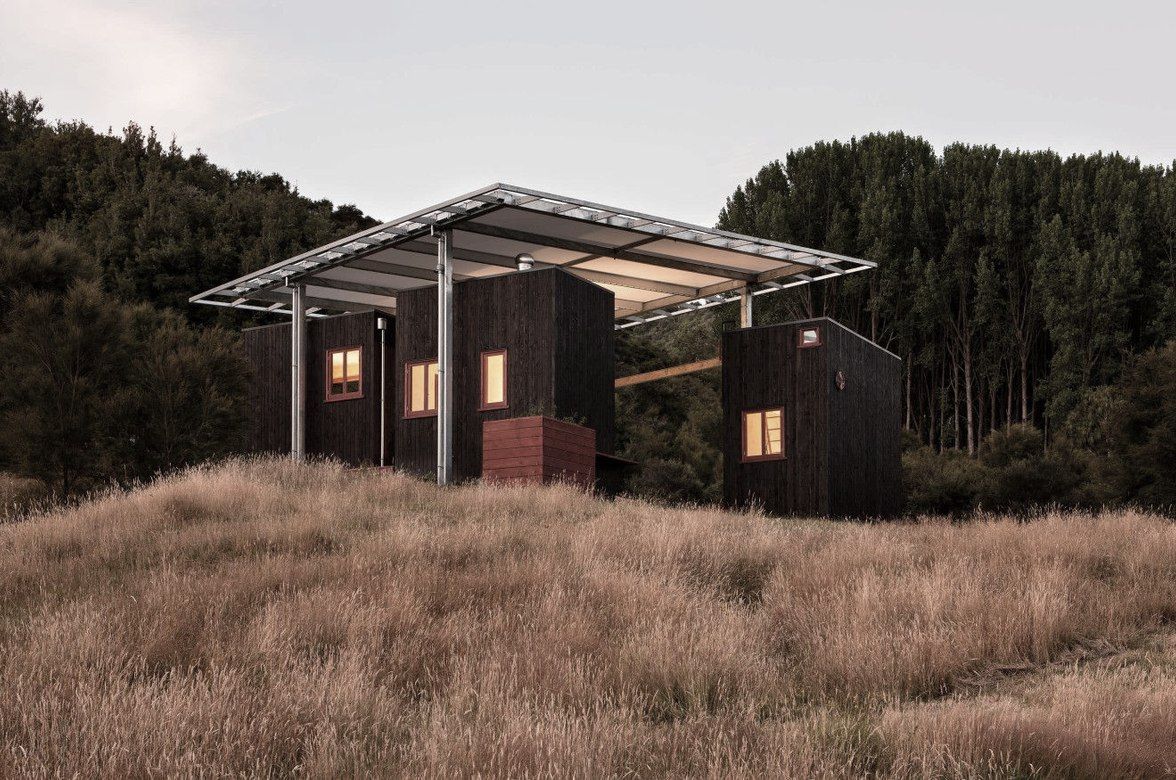Claude Reflected
By Pac Studio

This architectural-scale black mirror not only reflects space, it meaningfully occupies and distorts it.
Claude Reflected is one of a series of Pac Studio experiences that explore optical devices and their use in defining space through light.
Artists used a Claude Glass to capture a landscape; the convex surface simplified the tonal range of colours, giving it a painterly quality.
Claude Reflected is a research project that translates the Claude glass – a handheld, convex obsidian mirror named after the 18th century landscape artist Claude Lorraine – to an architectural scale within the New Zealand landscape. It is an experiential sculpture that not only reflects space, but meaningfully occupies and distorts it.
Traditionally, a Claude glass was used to purposefully distort the reflection of landscape to conform with pre-existing ideals of beauty. It was favoured by picturesque tourists in their appreciation and documentation of landscapes, and artists used them to reflect and shrink a landscape, painting it from the reflection, facing away from the scene.
The use of the Claude glass had a profound impact on the representation of New Zealand landscapes following colonisation.







Professionals used in
Claude Reflected
More projects from
Pac Studio
About the
Professional
Pac Studio is an ideas-driven design practice specialising in architecture, interior design and special projects.
- Year founded2015
- ArchiPro Member since2017
- Follow
- Locations
- More information

